Paprikás csirke is the Hungarian term for the hugely popular chicken paprikash. This is the same thing as the slightly more Austrian-sounding paprika hendl.
In terms of ingredients, chicken paprikash could be viewed as a chicken goulash. The key ingredient in both is paprika, and we know that the peppers that yield spicy paprika were cultivated in Hungary about 500 years ago, after crossing over from Turkey.
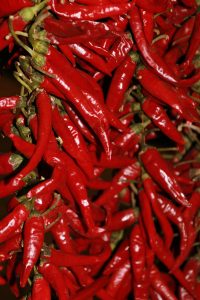
Given that paprikás csirke and ‘gulyáshús‘ (goulash) are so similar, it seems improbable they they don’t have the same origin. Gulyáshús gives its origin away because the term is derived from ‘gulyás,’ which means ‘herdsman.’ Like the goat herders of Kashmir, the men moving cattle around Hungary would eat some of their own meat, cooked with the preserved spice that they could buy in abundance from the farms they passed through. One imagines that they obtained a few strangled chickens along the way too.
Chicken paprikash has its moment in the limelight (as paprika hendl) in the first two paragraphs of Bram Stoker’s Dracula. While making the journey to Castle Dracula to consult on an extremely sketchy property deal, Jonathan Harker stops at the Hotel Royale in Klausenburgh (German term for Cluj-Napoca in modern Romania, and the unofficial capital of Transylvania). Writing in his journal from Bistrita, some miles to the east, he comments on his dinner that night:
“I had for dinner, or rather supper, a chicken done up some way with red pepper, which was very good but thirsty.”
By ‘thirsty,’ I think he means spicy. Harker asks the waiter what the dish was, and is told it was paprika hendl, the national dish of the area. Harker comments in his journal that he must obtain the recipe for his wife Mina. Stoker does not report if she ever made it (we doubt it), but the very idea that the recipe would have been for Mina speaks volumes of gender roles in the 1800s.

The journey from Cluj-Napoca to Bistrita also casts doubt on the claim made by Bran Castle in Southern Romania to be the ‘home of Dracula.’ Harker would have had to gone hundreds of miles in the wrong direction to have been writing from Bistrita after a night scoffing chicken in the Hotel Royale if his ultimate destination was Bran.
Chicken paprikash is usually served with the pasta-like noodles known as nokedli, which are pretty much identical to the German spätzle.
The recipe given here is adapted from that of The Daring Gourmet, who is a Stuttgart-born food blogger who has researched the dish well enough for us to be sure it is authentic. Co-incidentally, we first cooked this on Hallowe’en 2019.
Paprikás csirke
Ingredients
- 2 tbsp lard or butter
- 1 chicken, jointed, skin on
- 2 medium onions, finely chopped
- 2 cloves garlic, minced
- 2 tomatoes, seeded and diced
- 1 red bell pepper, diced
- 4 tbsp paprika
- 1L chicken stock
- Sea salt and freshly ground black pepper
- 250ml of thick dairy (double cream, greek yoghurt of creme fraiche, or any combination of the same)
- Some plain flour
Instructions
Set an oven to 150˚C.
Season the chicken pieces. Heat the fat in a Dutch oven and brown the chicken on all sides. Transfer the chicken to the upturned lid of the pot.
In the same fat, add the onions and fry until golden brown. Add the garlic, tomatoes and peppers and fry another 2–3 mins.
Remove the pot from the heat (to avoid burning the spices) and stir in the paprika, salt and pepper. Return the chicken to the pot and place it back over the heat. Pour over the chicken stock to just cover the meat. Bring the stew to a boil. Cover, and place in the oven for 1h.
Meanwhile, stir flour into the the dairy to form a smooth paste.
Once cooked, remove the chicken to a dish and keep warm.
Stir the cream/flour mixture into the sauce, whisking constantly to prevent lumps. Bring to a simmer and reduce as needed until a nice, thick sauce is obtained. Check seasoning. Return the chicken to the pot to reheat. Garnish with fresh parsley and serve.

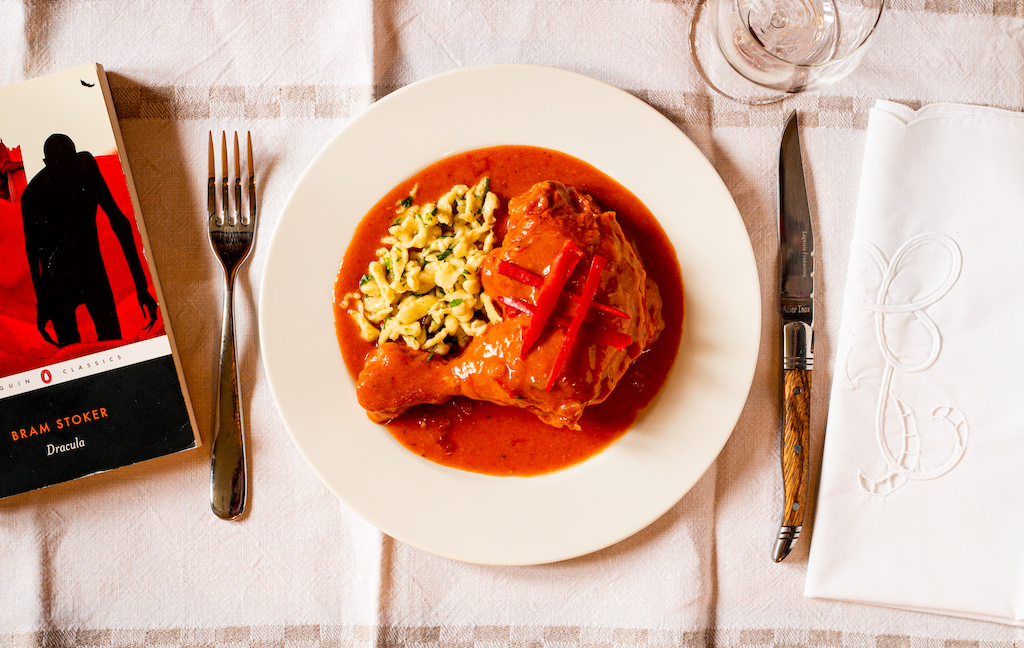

 (6 votes, average: 4.00 out of 5)
(6 votes, average: 4.00 out of 5)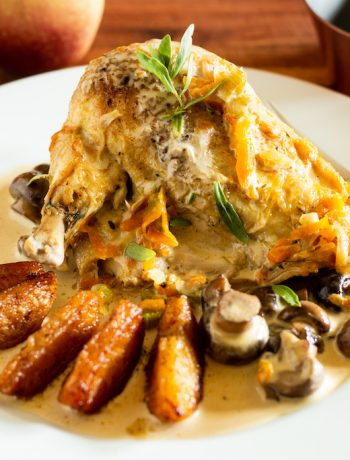
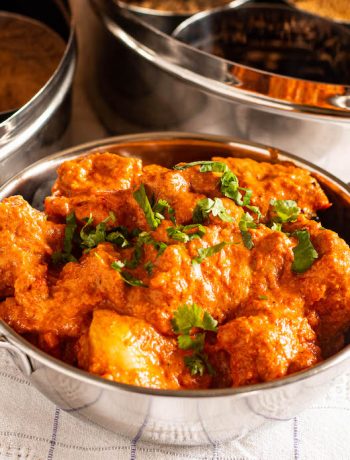
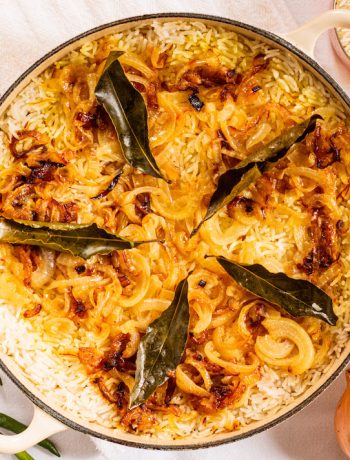
No Comments